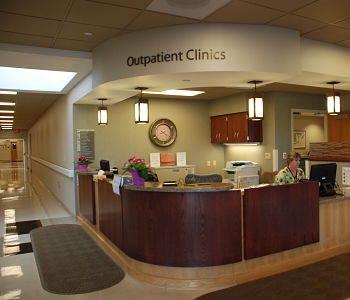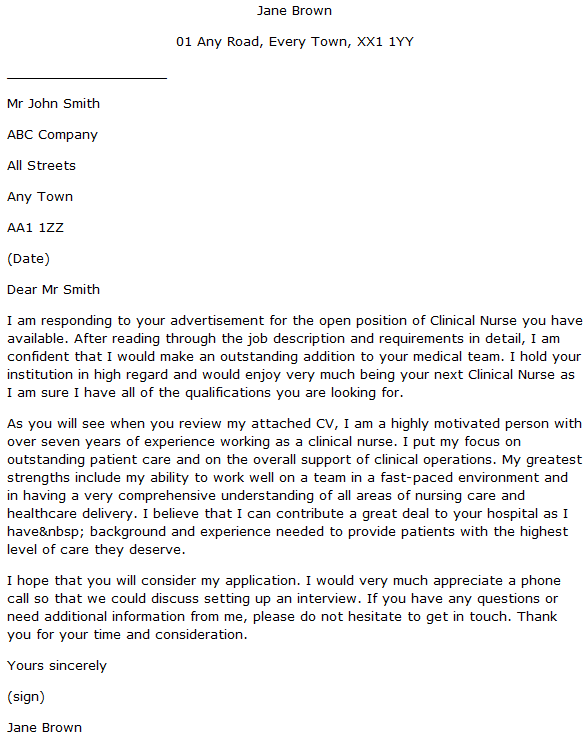However unless your doctor refers you to this kind of provider, Clauw encourages against block centers. A fast fix is not the objective neither is the total removal of discomfort. Rather, clinics intend to bring back function and enhance quality of life by teaching physical, emotional and mental coping abilities to handle discomfort.
Other programs might last longer however happen on a part-time basis. A common day at a PRP may include: An hour of physical therapy (PT), which focuses on enhancing motion. An hour of occupational treatment (OT), which focuses on enhancing the capability to perform day-to-day activities. A number of hours of pain education classes that teach how chronic pain works.
Clients also find out other techniques to handle pain, consisting of assisted imagery, breath training and relaxation strategies. Centers might also offer cognitive behavioral therapy, which teaches problem-solving skills and assists clients break the cycle of discomfort, stress and anxiety by reshaping their psychological responses to pain. This type of therapy may be especially useful for individuals with fibromyalgia. how long do you need to be off antibiotics before pain clinic shots.
Additionally, PRPs may inform member of the family about pain and the very best ways to support their enjoyed ones as they manage its results. Medication isn't automatically a part of a treatment plan. In truth, some PRPs require that patients agree to reduce opioids. "Discomfort medicine in a persistent discomfort patient can really make pain even worse," states Jeannie Sperry, PhD, co-chair of dependencies, transplant and discomfort at Mayo School of Medicine in Rochester, Minnesota.
Fascination About What Pain Clinic Will Give You Roxy 15th For Back Pain
Lots of clients begin taking these medications to treat the side impacts of opioids, like sleep disturbance, sedation, agitation, nausea and sex problems. However when patients reduce opioids, the requirement for other medications might lessen. Movement helps decrease pain, so getting individuals physically active is one of the main goals of pain clinics.
" If they don't keep moving their joints, they can develop contractures, the shortening and solidifying of muscle and other tissues, which limit the range of motion," he says. In addition to teaching clients about the benefits of exercise, regular PT and OT sessions at PRPs can help greatly with discomfort and functional enhancement - who to complain to about pain clinic.
They can tell you the outcomes of their programs and usually have providers related to research study organizations. To discover a center near you, see if your state has a branch of the American Persistent Discomfort Association, which may supply leads. The American Discomfort Society has a list on its site of "center centers" that have actually won awards from the society.
Sperry's center measures clients when they are available in, when they leave, and 6 months later on - what are the policies for prescribing opiates in a pain clinic in ny. These patients continue to have substantial improvement in mood, lifestyle and physical results, she says.
Indicators on What Is The Estimated Cost To Building A Free-standing 8 Hour A Day Pain Clinic You Should Know
Pain can be triggered by surgical procedures, intense injuries or persistent conditions. Well-controlled discomfort speeds healing, results in fewer complications and enhances quality of life. At The Christ Health Center Health Network, we understand how mentally and physically draining pain can be for you and your liked ones. That's why anesthesiologists, doctors specifically trained in pain management, belong of our medical teams.
Too much pain medicine can cause sleepiness, queasiness and vomiting; too little can restrict your ability to breathe deeply, cough, walk and perform other essential activities to speed healing. It is essential to speak to your doctor about your previous experiences with different discomfort control methods you have actually experienced, consisting of: Discomfort medicationsIf you have chronic pain, make a list of all the prescription and over-the-counter medications, plus supplements or herbs.
Be sure to discuss what kinds of pain medicine worked, or didn't work, for you. Pain toleranceThis is the maximum quantity of pain an individual can bear. If you are experiencing any pain tolerance, talk with your medical professionals. Your body might be less conscious particular discomfort medications. Drugs and alcoholTell your medical professional if you're a recovering alcoholic or have a history of alcoholism or drug dependency so they can plan pain control that lessens the threat of regression.
Ask questionsBe sure to ask any concerns you might have about the kind of discomfort medications you'll receive, their negative effects are and what can be done to lessen the side effects. Likewise, ask how severe the discomfort usually is following your kind of surgical treatment and the length of time it will last.
8 Simple Techniques For What Disease Is The Estimated Cost For A Free-standing Pain Clinic
He or she can assist you comprehend how to safely handle your discomfort, such as combining medications or utilizing patient-controlled analgesia, which allows you to manage your pain medication by pushing a button. Be truthful about your painLet your physicians and nurses understand just how much pain you're in, where it injures and what activities or positions make it better or worse.
When your discomfort is under control, you can concentrate on the essential work of recovery. Work with your healthcare team to make your healing as quick and pain-free as possible. The kind of discomfort medication you receive depends on the sort of surgical treatment you are having, the anesthesia utilized and your total health.
After surgical treatment, this IV catheter may stay in place to deliver pain medication while you remain in the medical facility or outpatient recovery area. Discomfort reducers, such as opioids are normally injected into your IV catheter at routine intervals. The majority of hospitals also provide patient-controlled analgesia (PCA) that enables you to provide yourself a repaired dose of the medication by pushing a button.
Pain medication is injected through a catheter inserted into the epidural area of your spinal canal. An epidural catheter is often utilized for labor and delivery and often before an operation, such as a cesarean section or major stomach surgery. The epidural catheter can be left in location for a number of days if required to control postoperative pain.
What To Do When Pain Clinic Does Not Prescribe Meds You Need Things To Know Before You Buy

Patient-controlled epidural analgesia (PCEA) lets you give yourself an extra dosage of the discomfort medication by pressing a button. It has integrated safeguards so that you don't give yourself too much. Some kinds of surgery can be made with spinal anesthesia. Unlike epidural analgesia, this type of pain relief involves medications injected straight into the spine fluid.

Your physician can add a long-acting medicine to the spinal medication that can relieve post-surgical pain for approximately 24 hours. A nerve block supplies targeted pain relief to a particular area of your body and blocks discomfort messages from taking a trip up the nerve pathway to your brain. Nerve blocks are for outpatient treatments or complex inpatient surgical treatment.
For longer discomfort relief, your anesthesiologist may place a catheter into that area to deliver a constant infusion of pain medications. In some cases you might go house with a nerve block catheter attached to a pump that provides ongoing pain relief. Other procedures with radio-frequency ablation or http://hectorzsrs006.timeforchangecounselling.com/an-unbiased-view-of-what-is-the-estimated-cost-to-building-a-free-standing-8-hour-a-day-pain-clinic cryoablation stop a nerve from working for an extended period of time.
Examples consist of: Nonsteroidal anti-inflammatory drugs (NSAIDs) Standard NSAIDs, such as ibuprofen (Advil, Motrin IB, others), minimize swelling, soreness and small pain. They might be used after small treatments or integrated with other medications for treatment after significant surgical treatment or throughout home healing. Integrating NSAIDs with opioids gives optimum pain relief, however with fewer negative effects.